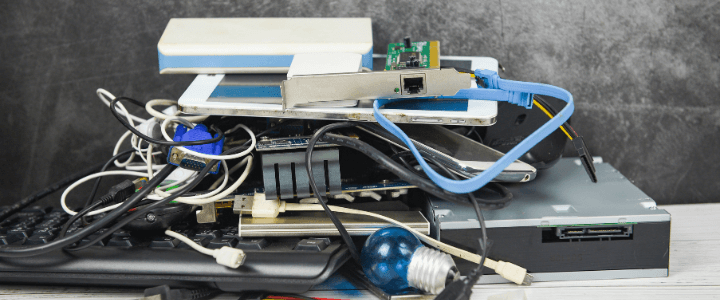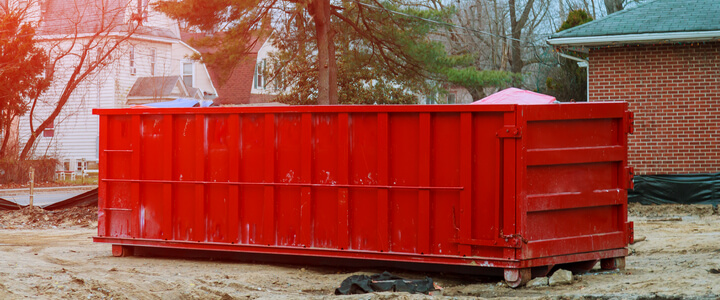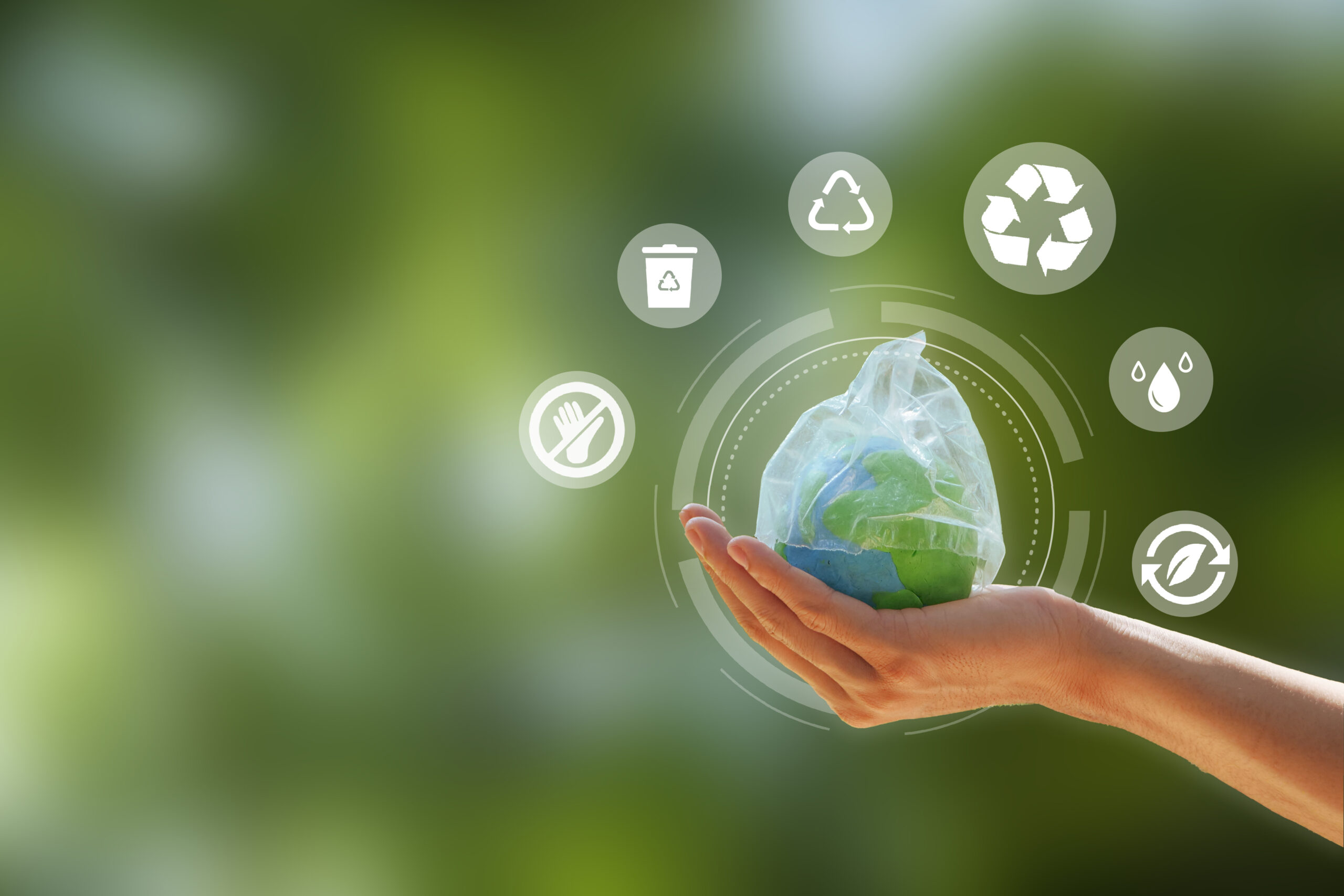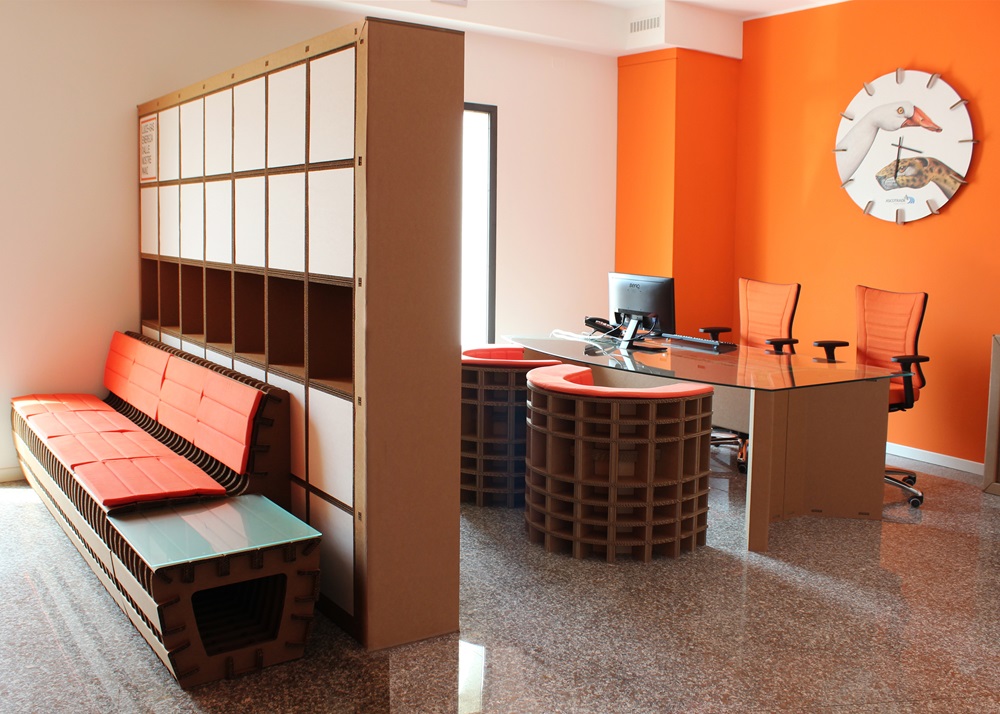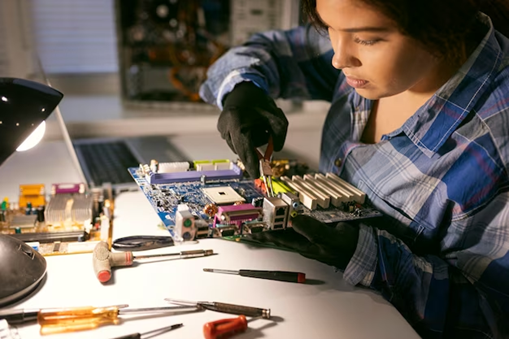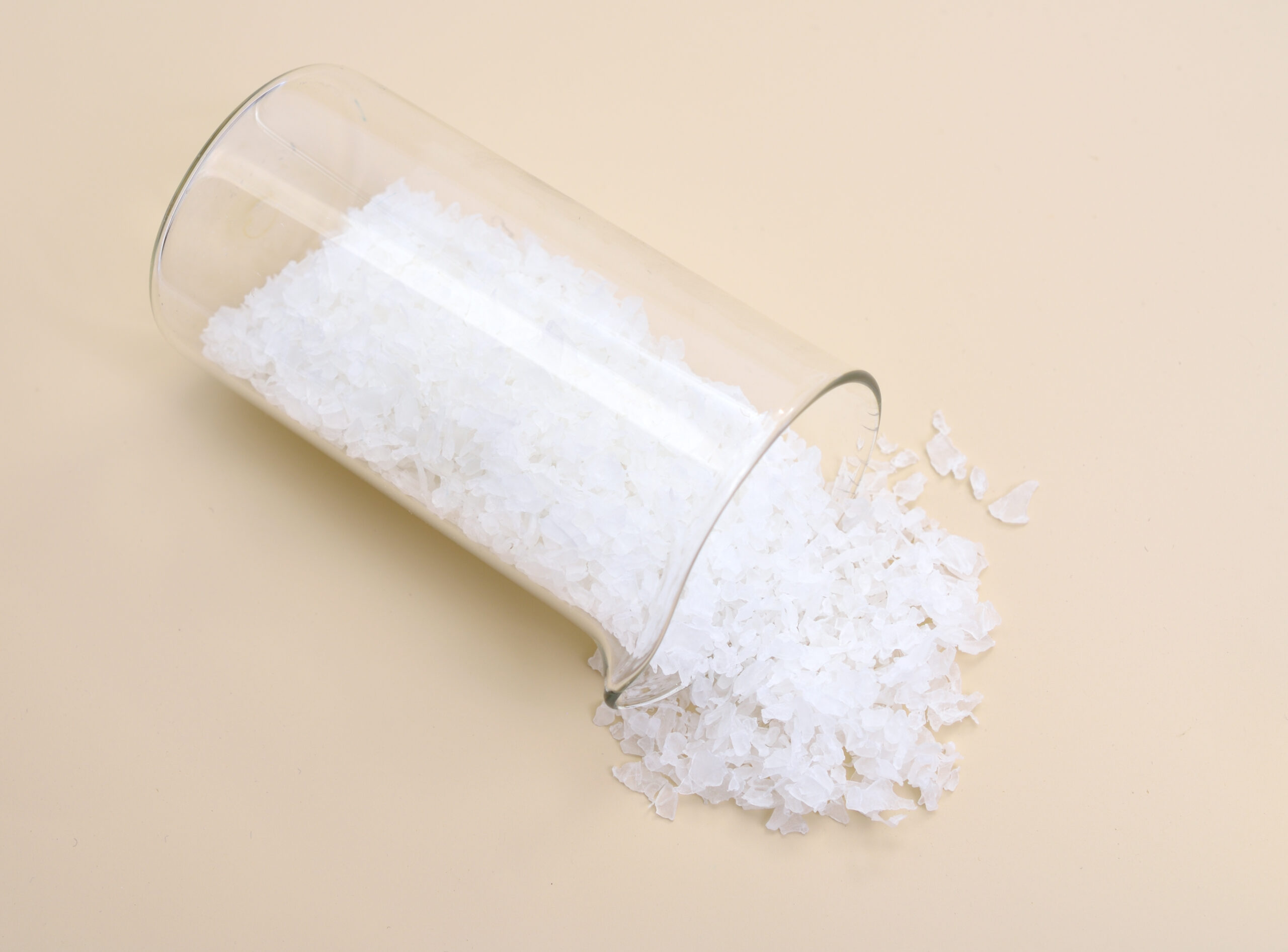8 Things You Can Do to Combat E-Waste
Electronic waste is one of the biggest challenges the planet is facing in 2020 (apart from, you know, that other one). Last year, e-waste shot up to a record 53.6 million metric tonnes globally and there’s no sign of a decline on the horizon.
Our gadgets and gizmos aren’t going anywhere, so how can we stop the planet from drowning in old toasters? Well, if you’ve ever left an ageing laptop at the tip, stashed an old phone in a drawer, or tried to pass off a broken 42-inch telly as household waste, you can definitely help reverse the trend.
Here are 8 things you can do to combat e-waste:
1. Lease your tech
Ownership used to be the only option – not anymore. Leasing your gadgets is a smart way to stop the pile-up of e-waste and save money in the process. Companies like Grover in Germany offer an array of tech for a monthly fee, while UK-based Raylo is changing the game when it comes to getting a new phone. Lease a brand new Apple or Samsung mobile and when you’re done, send it back. They’ll keep it in circulation, ensuring it doesn’t end up on an e-waste dump.
2. Switch to streaming
The likes of Netflix and Spotify have changed the way the world consumes content. If you haven’t embraced streaming or downloading your music, movies and TV, you might want to consider it. Those DVD players and doorstop Dexter box sets all have to end up somewhere.
3. Buy refurbished or second hand
With the cost of new phones rising, 60% of the UK would now consider going for a refurbished model. The improvements with each release are getting less and less seismic, so it’s no surprise that both customers and companies are embracing the concept of pre-owned. If you haven’t upgraded in a while, giving a lovingly-refurbed gadget a second life is a greener way to go.
4. Donate, sell or give away old electronics
If your old stuff is in good working order, don’t throw it away – donate it to charity, sell it online or give it to a friend. The Restart Project has useful information on where you can donate or sell your old gadgets.
5. Repair or upgrade
We’ll admit it – it’s tempting to ditch a misfiring microwave at the first sign of trouble. It might seem like a lot of hassle to get something repaired, but it’s much better for the planet and a great habit to get into. As we’ve seen with the backlash against ‘fast fashion’, if you’re going to buy, it’s best to go for good quality products that are in it for the long haul.
It’s also worth investigating whether items like computers can be modified or upgraded to improve their performance before consigning them to the scrapheap.
6. Tap into the power of your existing gadgets
The original iPhone was positioned by Steve Jobs as an iPod, a phone and an internet communicator in your pocket. Today our gadgets are more multifaceted than ever. Before buying something new, it’s worth checking whether you already have a gadget that could fill the gap. Can your TV double up as a computer monitor? Rather than buying a laptop, could you add a keyboard to your tablet? Did you know you can scan stuff with your iPhone? (It makes for a pretty good internet communicator, too).
7. Get creative
If you’ve upgraded to a newer model, there might be a fun or practical way to repurpose your old gadget. You could turn a tablet into a digital photo frame, set up your old phone as a dedicated sat nav or get really creative and enter your Spaghetti Junction of old headphones into the Turner Prize.
8. Make sure things are recycled properly
Do you know where your recycling really goes? When we’re talking about being green, recycling might seem like a no-brainer, but not all recycling is helping the planet. Some of it gets shipped to landfills in other countries and some get recycled unsafely causing toxins to be pumped into the atmosphere, water or food supply. If your old tech can’t be reused, look for companies who’ll recycle it responsibly.

